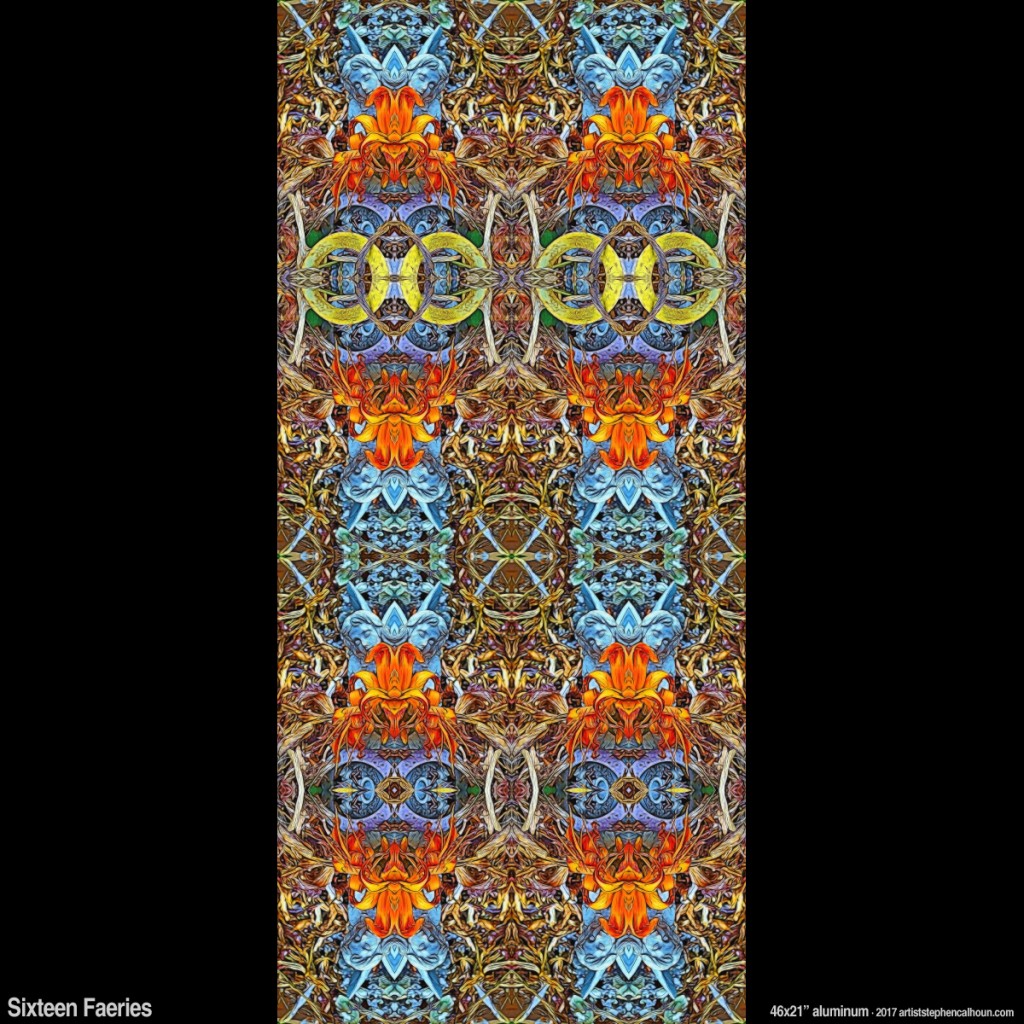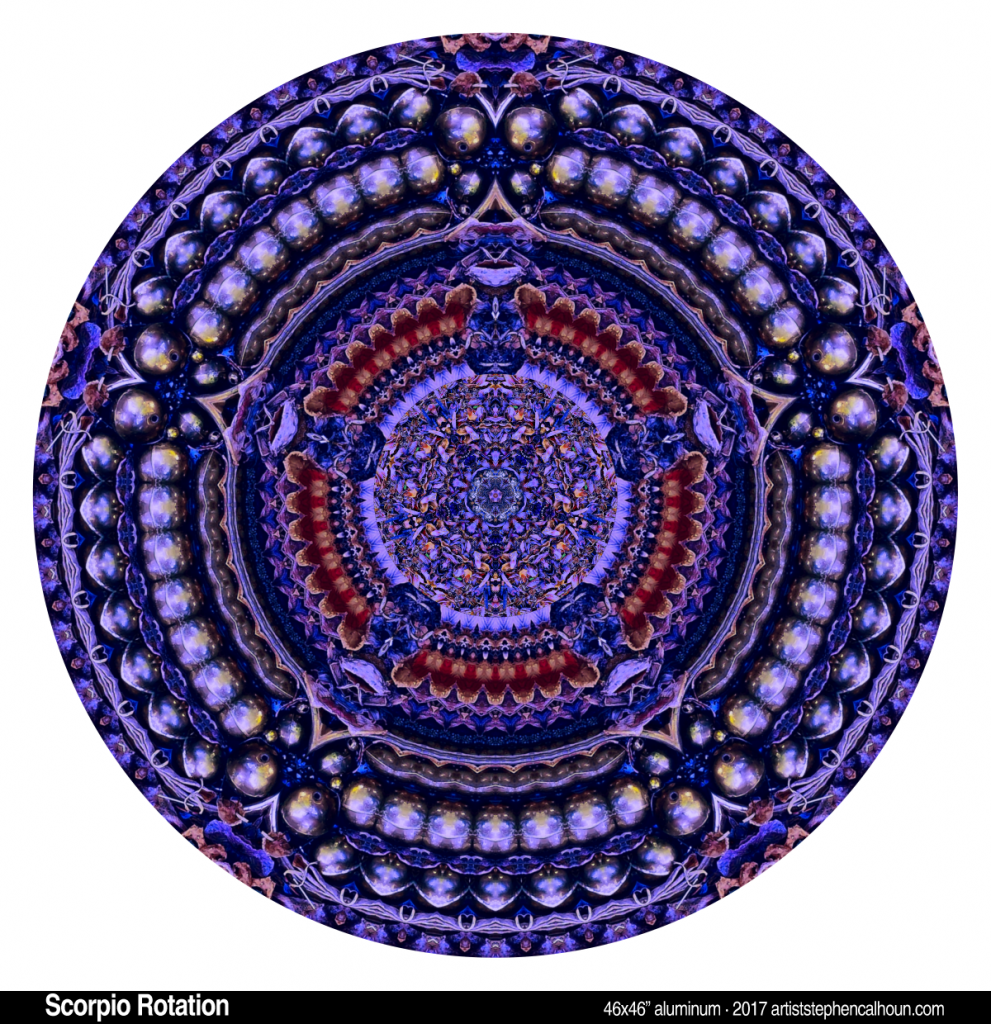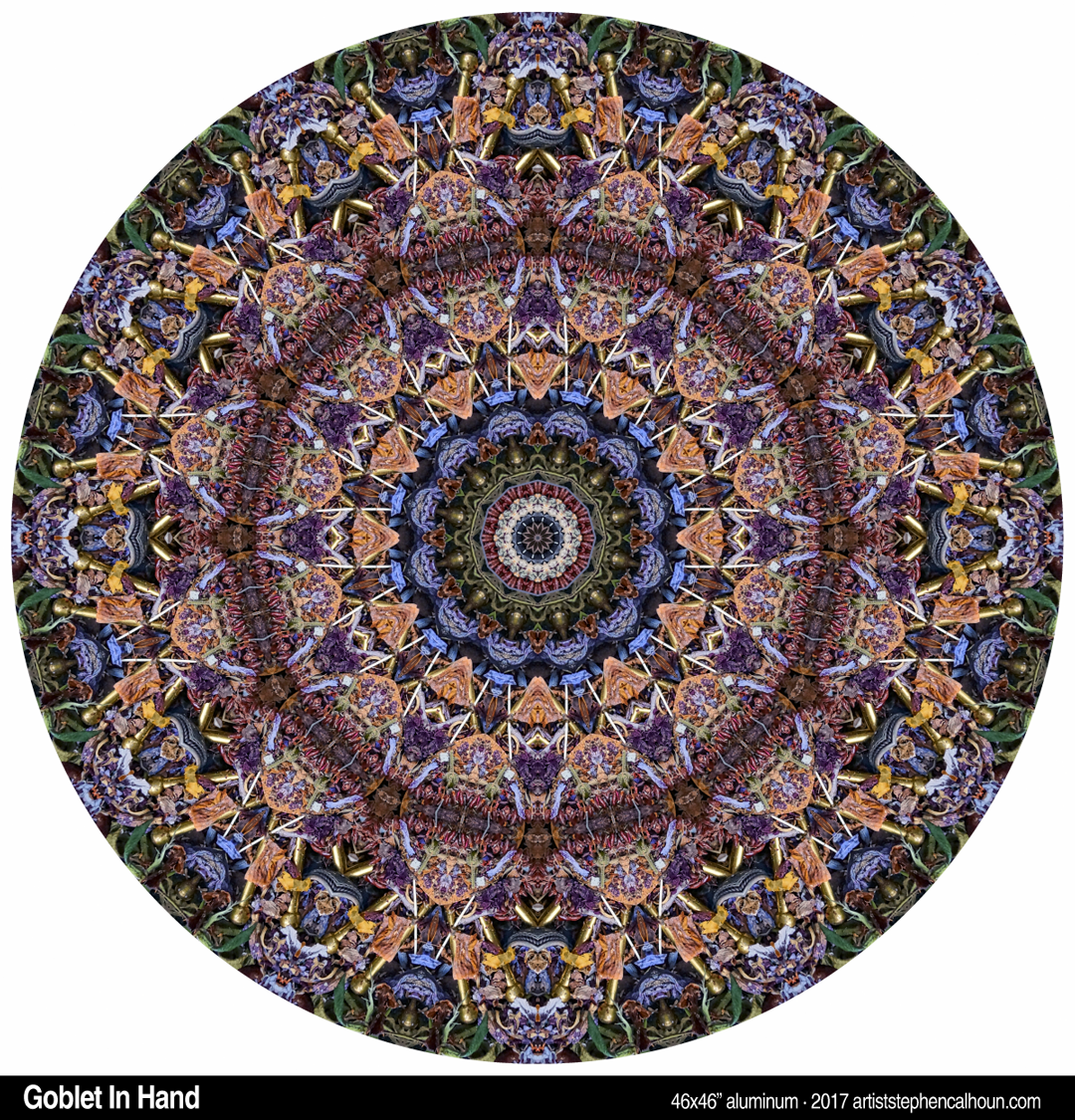In his pamphlet, Asphyxiante culture, a classic statement of an anti-cultural attitude, the artist Jean Dubuffet relates an instructive anecdote to illustrate the degree to which cultural preconceptions can completely stifle the proper apprehension of anything that resists accepted ideas about art. It concerns a conversation he had with a teacher to whom he tried to expound the hypothesis that throughout history there have always been forms of art alien to established culture and which ipso facto have been neglected and finally lost without a trace. The teacher expressed his conviction that if such works had been assessed by contemporary experts and deemed unworthy of preservation, it was to be concluded that they could not have been of comparable value to the works of their time that had survived. To support this view, he cited the example of some German paintings he had seen in an exhibition. Though these had been executed at precisely the time the impressionist school was directing art into new channels, they bore no traces of that influence. After submitting these forgotten works to a thorough and objective perusal, the teacher felt obliged to admit that they were aesthetically inferior to the work of the impressionists; art criticism had accordingly been perfectly justified in preferring the latter.
Dubuffet points out the stupidity of this sort of reasoning, based as it is on a notion of objective value that betrays the worst kind of cultural myopia: where respected critics have testified their approval, there can be no dissension; bad marks in art can never be forgiven, at least not by layman. Dubuffet stresses the futility of the man’s ‘objective’ certainty, and suggests that it is only as a result of a particular education, of a particular cultural formation that the teacher made the judgement he did. His aesthetic preference was totally determined by these factors. A difference in his background or a difference in the opinion of the experts might well have led to a completely different assessment of the paintings concerned. Instead, the teacher bowed before the prevailing wind emitted by the Establishment, and could consent to find objective beauty only in the place marked out by a superior order. Roger Cardinal, “Cultural Conditioning,” Outsider Art (1972) excerpt | hat tip Petullo Art Collection
Cardinal’s essay bookends, for me, Clement Greenberg’s The Historical Context of the Avant-garde and Kitsch. I’m nominally an outsider artist, not much at all a naive artist, surely am an untrained artist, and in all ways a self-trained artist. Most art is created by self-trained artists; like 99%.







